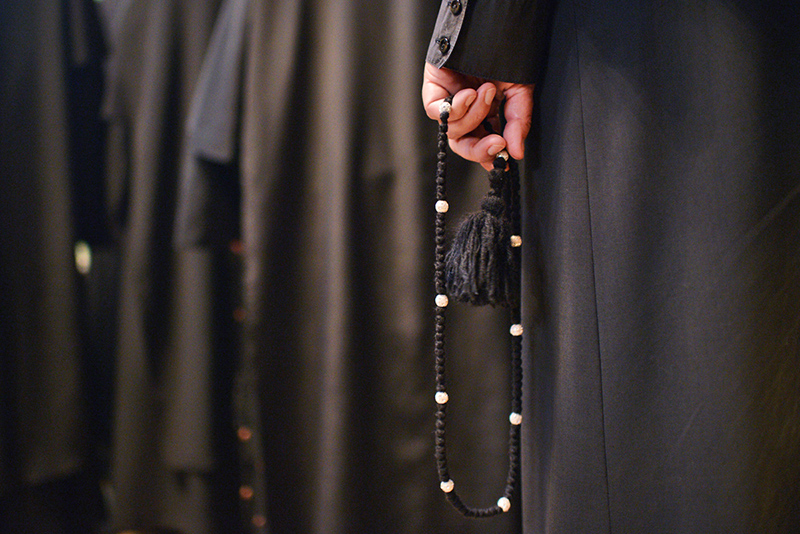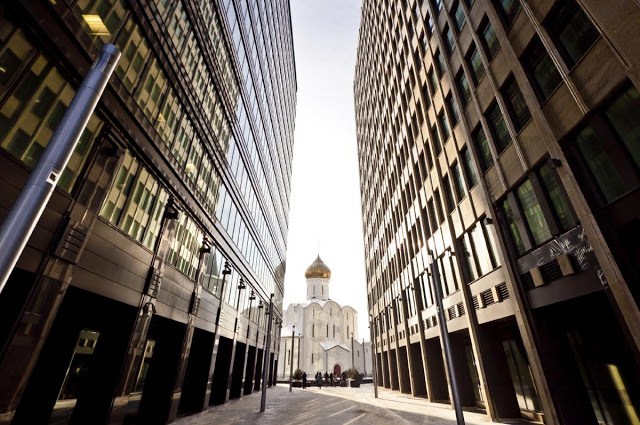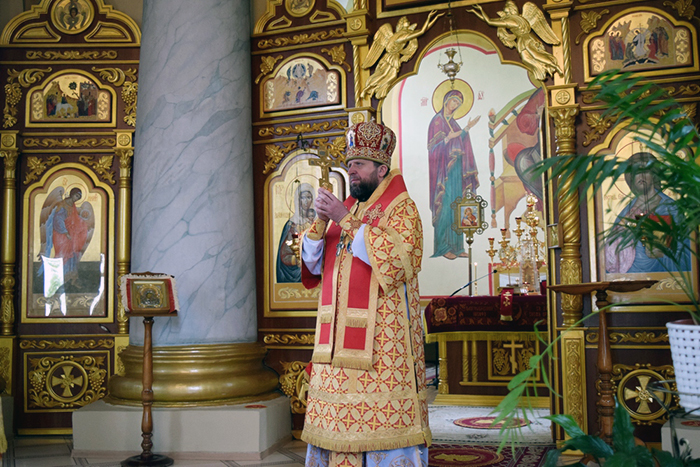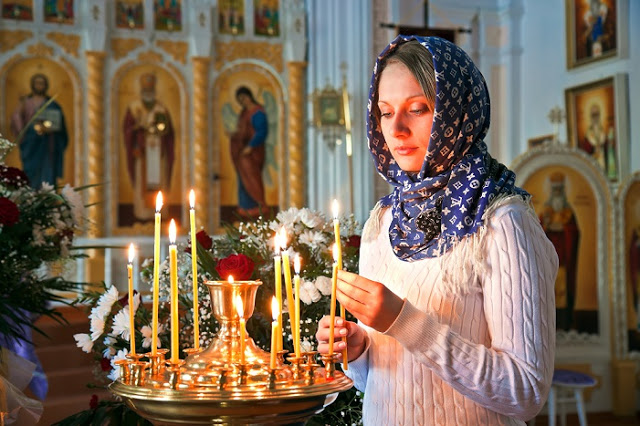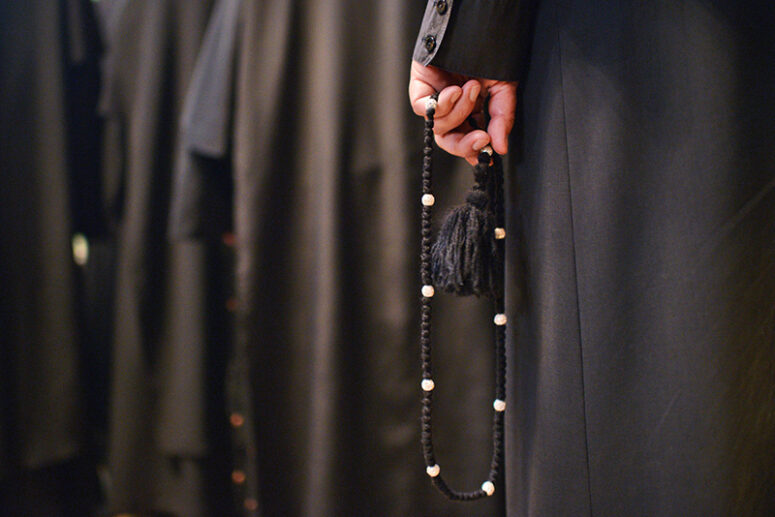
Prayer beads came into use by Christians as early as in the first centuries after the birth of Christ. For a long time, they have been used for prayer only by monks and hermits. Over time, the positive spiritual effect of their use also made them popular among the laity. Currently, in the Russian Orthodox Church, the use of prayer beads by laity is treated with caution and requires a blessing of a spiritual father. This article is dedicated to prayer beads and the amazing spiritual power that they possess.
Currently, the Orthodox Church uses three main types of prayer beads, each offering a variety of lengths.
The prayer rope (Russian vervitsa or broyanitsa in the Balkans) is considered the most ancient of them. The first mention of a prayer rope, found in the life of St Pachomius the Great (+348) describes certain uneducated monks using a method of counting prayers by tying a knot on a piece of rope after each prayer. After some time, St Basil the Great (+379) introduced this practice among the monks of his diocese. St Basil wrote, “When reading prayers not from books but from memory, may each monk complete ten rounds on his prayer rope during every midnight office and every matins. <…> Each prayer rope must have one hundred and three knots, with a particular prayer established for each…”
Elder Paisios of the Holy Mountain used to tell a story about a certain ancient ascetic tying knots on his rope to count the number of prayers that he was reading. But the devil kept untying the knots, making the ascetic lose count. Then the monk began to pray fervently to God, asking for help in stopping the devil’s tricks. Soon an angel appeared and showed him a way to tie knots, ‘sealing’ them crosswise nine times, as a symbol of nine angelic ranks. When on the following day the ascetic began to use this method, the sign of the cross stopped the demon, and he could no longer interfere with the prayer. Eventually the prayer rope became widespread in Eastern Christianity. According to some legends, the ascetic mentioned by St Paisios is St Anthony the Great (+357).
In the course of time, the prayer rope has turned into one of the most important tools for prayer, becoming an obligatory attribute of monastic life and serving as a “spiritual sword” given to monastics at tonsure. In contrast with the monastic practice, lay people should only be using prayer beads for private prayer, keeping them in their pockets if necessary.
Braided soutache prayer rope, with its ends tied in a ring, usually ends in a cross of several knots and a tassel.
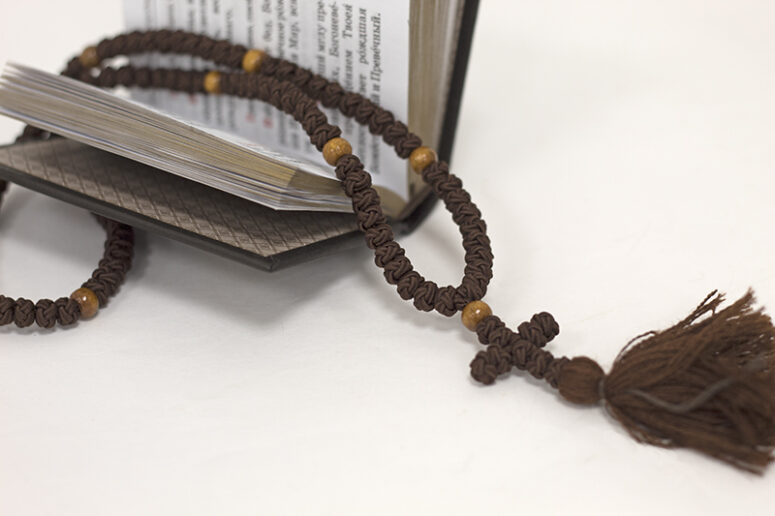
Prayer beads are also common in other religions, such as Hinduism, Islam and Buddhism. According to some archaeological finds, prayer beads were used as a religious attribute in India as early as 2000 BC. Before beads began to be made from wood, minerals and other materials that required processing, they were made from any suitable objects (for example, dried berries) found in everyday life and strung on a thread.
A distinctive feature of Christian prayer beads is the symbol of the cross, used either to delimit the beads in tens or to end the prayer circle.
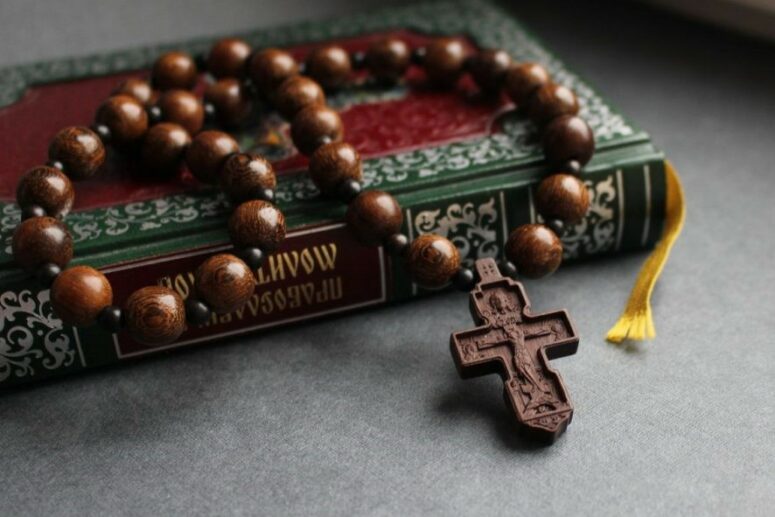
Lestovka (from the Russian ladder) is a type of prayer beads widely used exclusively in the Russian tradition. The surviving textual and iconographic evidence indicates that this type of beads were used by Ilya of Murom, Venerable Sergius of Radonezh, Venerable Seraphim of Sarov, as well as some 20th century saints, for example, Seraphim Vyritsky.
Lestovkas were widespread before the mid-17th century splitting of the Russian Orthodox Church, after which they were gradually replaced by prayer ropes and remained in use mainly among the Old Believers.
Currently, the Orthodox Christians’ interest is returning to this unusual type of prayer beads. Our convent makes lestovkas according to ancient technologies, albeit not in the traditional version, but rather as a modern “adaptation,” with a more customary division into tens. Each segment of the lestovka, called a “barrel”, contains the Jesus Prayer.
Lestovkas can be very small (to be worn on a finger), in the form of a bracelet (with 30 barrels), or long (100 barrels).

Prayer Beads as a Weapon Against Demons
Saint Paisios of the Holy Mountain used to say, “Remember that a good soldier, leaving the trench, always holds a machine gun in his hands. Prayer beads have great power. It is a monk’s weapon, and the knots are bullets that knock down demons“. These words are evidenced by the following story:
Once a monk from St. Paul’s monastery on Athos went to Kefalonia to visit St Gerasimus, who possessed the gift of casting out demons. During the Divine Liturgy, this monk stood at the altar and prayed the Jesus Prayer with his prayer beads. During the service, a demoniac was brought to the church, so that St Gerasim would heal him. Suddenly the demon’s voice was heard in the church, shouting, “Hey, you monk, stop pulling this rope – it burns me!”
Hearing this, the celebrating priest turned to the monk and said, “Brother, pray with all your might that this creation of God may be freed from the demon”.
The demon then shouted even more ferociously, “Hey you old preacher, why are you telling him to keep pulling his rope?! Haven’t you heard that it burns me?!”
Then the monk began to read his prayers even more fervently, until finally the man tormented by a demon was freed from him.
In the words of one of the modern ascetics, a prayer rope is a legacy and a blessing left to us by the holy fathers. Today prayer beads are used in a slightly different way today than in antiquity and help not so much in counting prayers as in concentrating on prayer. Sometimes the mere glance at them prompts a Christian to pray. Today this pious tradition is available to both monastics and the laity, making it possible for everyone to grow in Prayer choosing the type of prayer beads to one’s preference.

